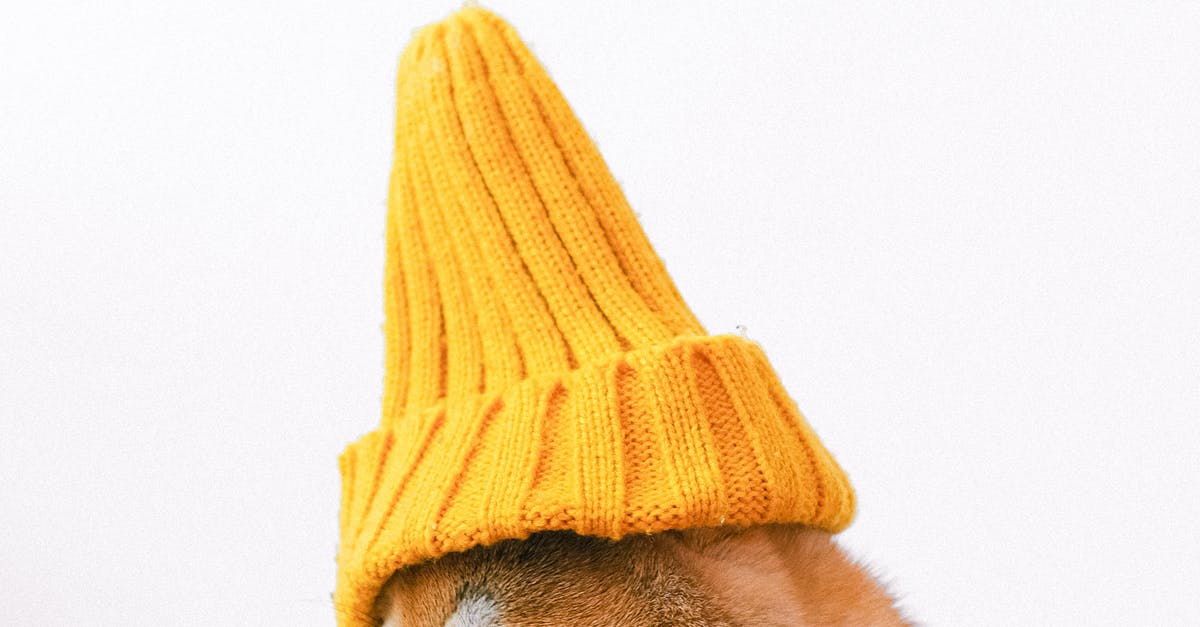
Puppy teething toys can help with this problem in a variety of ways. Depending on breed and size, puppies usually lose their first molars between 3 months to 8 weeks of age. During this period the need to chew gradually becomes as strong as it ever was. This is quite normal and is completely harmless. A puppy only needs to be provided with something to chew on for this to pass the time between teething. Much like a small baby finds comfort in chew toys so should a dog.
How Are Teething Toys Made ?
Teething toys made from soft, hollow bones are the best option. They are not meant to harm the puppies in any way and are extremely safe. Many dogs like to gnaw on small pieces of food and small pieces of glass or ceramic tiles, etc. Puppies find comfort in these small chunks of materials that provide them with their next meal, but not enough to make them chew and gulp down the item.
Toys Are Meant For Chewing
In addition, toys meant for chewing also tend to be soft, thus making it easier for the puppy to be able to dig and swallow without difficulty. Stuffed animals such as plush dolls, rubber ducks and rubber suits are popular options. But not only do they not cause puppies to chew on them, stuffed animals provide a soft, furry alternative to a hard toy. So although puppies may find comfort in the soft feel of a stuffed animal, it will not cause them to chew it down to such an extent that it causes intestinal blockage.
Although this is one of the cons, most puppies seem to tolerate this. There are some brands of toys such as those manufactured by Kong which are designed especially for chewing. Puppies even enjoy chewing on these toys, although many dog enthusiasts do not agree with their manufacture’s use of small pieces of plastic.
Wash And Clean
Another thing that many dog owners complain about is that teething toys can become a pain to wash and clean. There is nothing like the effortless process of removing a teething puppy toy from your pup’s mouth to the task of rinsing and drying out the entire mess. This could pose a problem if you do not have a sink available. Therefore, another con of teething toys is that they tend to clutter the bathroom and make it more difficult to get your puppy entertained.
While most people who suffer through this age-related condition are unable to completely eliminate the problem, many swear by tooth-like chew toys. These products have a soft flexible head made of plastic. The advantage to this design is that they are much easier for puppies to gnaw on. Many of these toys also feature an array of different attachments that allow your puppy to work his or her teeth around. Because of the soft feel of the material, many puppies seem to find comfort in chewing on these chew toys.
Conclusion
With all toys it is important to keep in mind how they will be used. Toys that encourage the use of your hands and arms are best and will likely help ease your pet’s anxiety and excitement when receiving attention for the first few days after coming home. Chew toys made with plush materials or with small parts made from plush materials are also highly recommended. chew toys made with hard rubber bits will do nothing but chew and may cause damage to sensitive dog teeth. Puppies are very active and inquisitive creatures and you want them to have the ability to play with all the toys they can get their teeth on, so long as they are suitable for their size.





